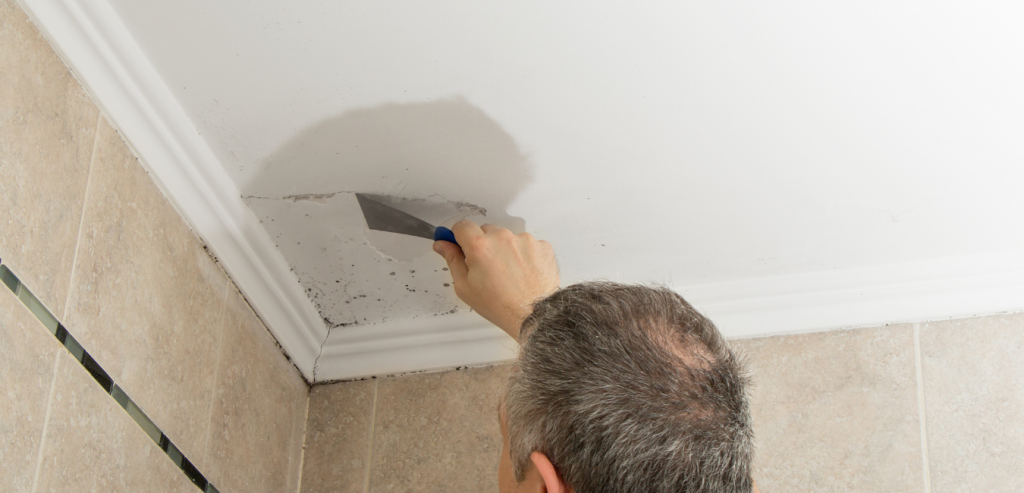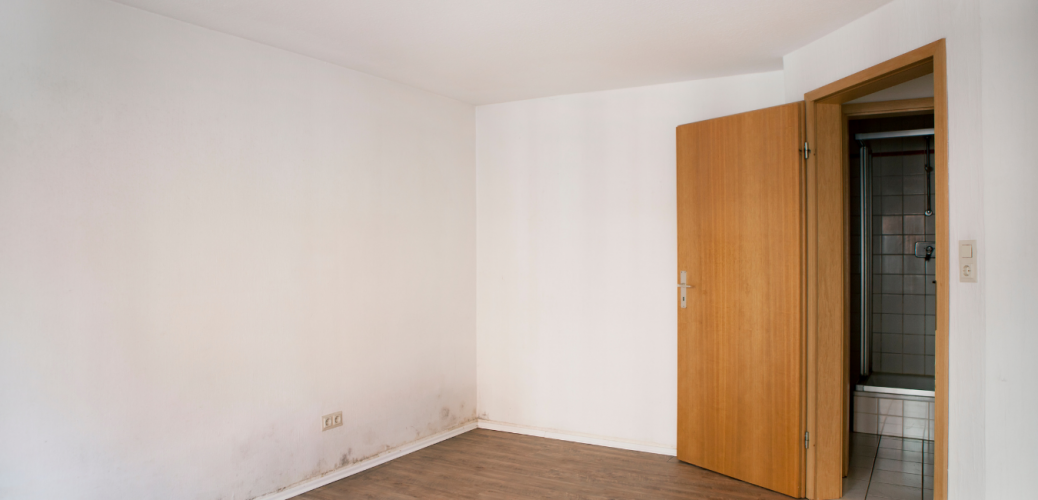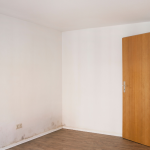Mould in the house can cause respiratory problems, allergies, asthma, and respiratory infections. Damp and mould can also have adverse effects on your immune system.
Some of the symptoms of mould exposure are:
- Eye irritation
- Runny nose and congestion
- Sneezing
- Sore throat
- Coughing
- Skin rashes
- Wheezing
- Lung irritation
- Headaches
If you have these pre-existing conditions, you are at higher risk of developing complications:
- Asthma
- Allergies
- Compromised immune system
- Cystic fibrosis
- Chronic Obstructive Pulmonary Disorder (COPD)
An allergic reaction to mould can trigger asthma attacks. A more serious reaction could happen if you are exposed to a large amount of mould. However, it usually happens due to occupational hazards. Mould in the house rarely causes it.
Mould in the House: Whose Responsibility Is It?

Under Australia’s tenancy law, your landlord must keep the rental property in a reasonable state of repair. They must also make sure that the house meets building code and standards. And if you complain about defects, they must get repairs done as soon as possible.
What if your landlord does not attend to maintenance matters and mould develops? If this happens, your could sue your landlord for breaching the rental agreement.
So, if you see damp walls due to issues in the plumbing, you must report it to your landlord right away. Other issues that could cause moulds in the house are broken heating units or exhaust fans. A leaky roof is also one common cause of moulds.
As a tenant, you also have a responsibility to prevent moulds in the house. You must keep the rented property clean and let your landlord know of any damages as soon as you notice them. And of course, you must not intentionally create damage or let anyone damage the property.
There are things that tenants and homeowners do that cause moulds in the house. Some of these are:
- Drying clothes indoors
- Leaving pools of water on the floor
- Not aerating the bathroom
- Not letting a wet carpet dry out properly
If you commit the above mistakes, you may be guilty of breaching your rental agreement.
Related: The Single Parenting Rental Crisis In Australia
How Can Housing Conditions Be Improved?
There are many ways the government can help improve the health of tenants. They can perform housing-focused interventions that can reduce mould in the house. These policies could include:
- Implementing rental housing standards related to dampness and mould, ventilation, and maintenance and repair
- Providing high quality, affordable public housing
- Helping people in low-quality housing fix issues through mould removal and servicing of cooling and heating systems
Impact of COVID-19 on Housing
The World Health Organization maintains that quality housing conditions can improve our health. It can prevent diseases, improve our quality of life, and save lives.
The pandemic prompted many to rethink our housing conditions, particularly shared houses, nursing homes, and apartments. Many of us realized that we must consider factors like access to green spaces, separate working and living spaces, and minimizing the risk of infections.
Australians are now more conscious of housing quality. It’s not just the tenants that should bear the burden of making sure they live in a healthy home; the government and landlords must also take part.





